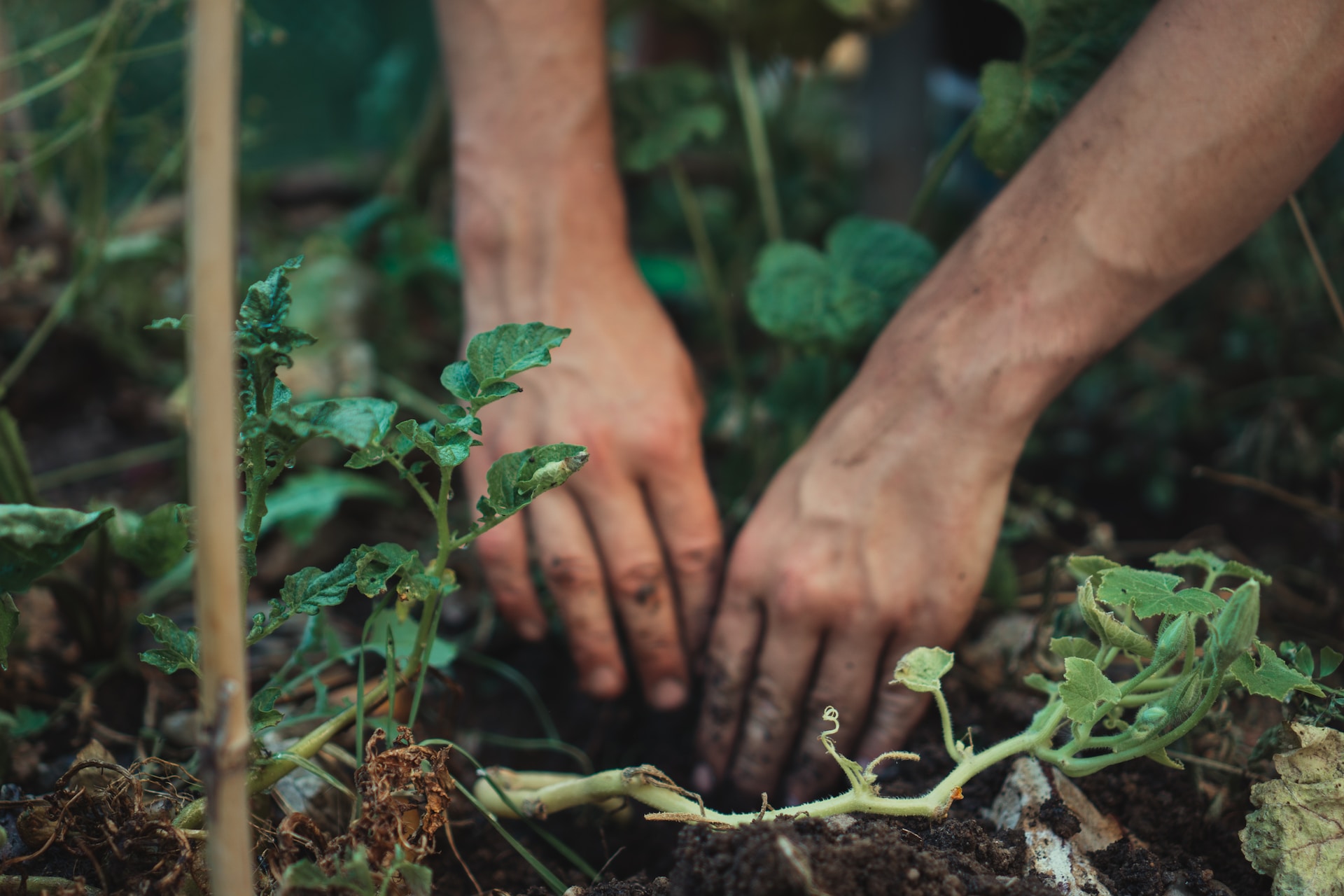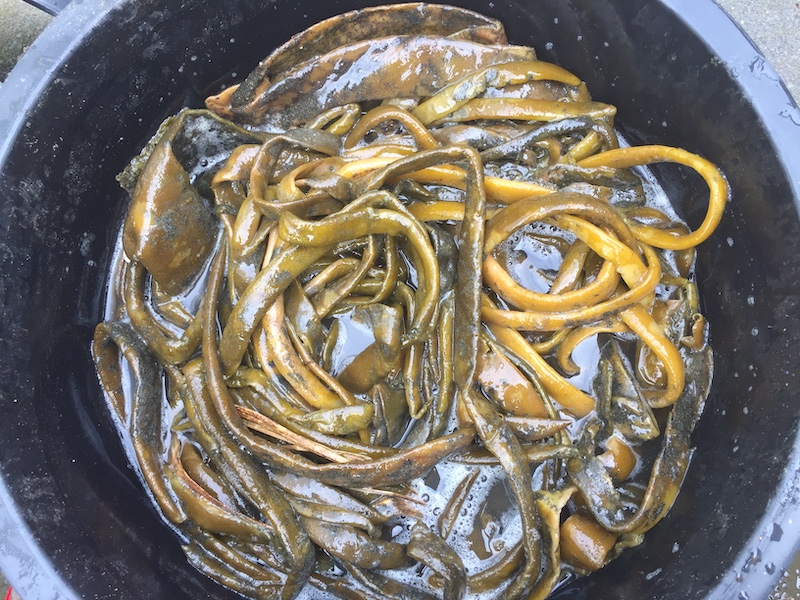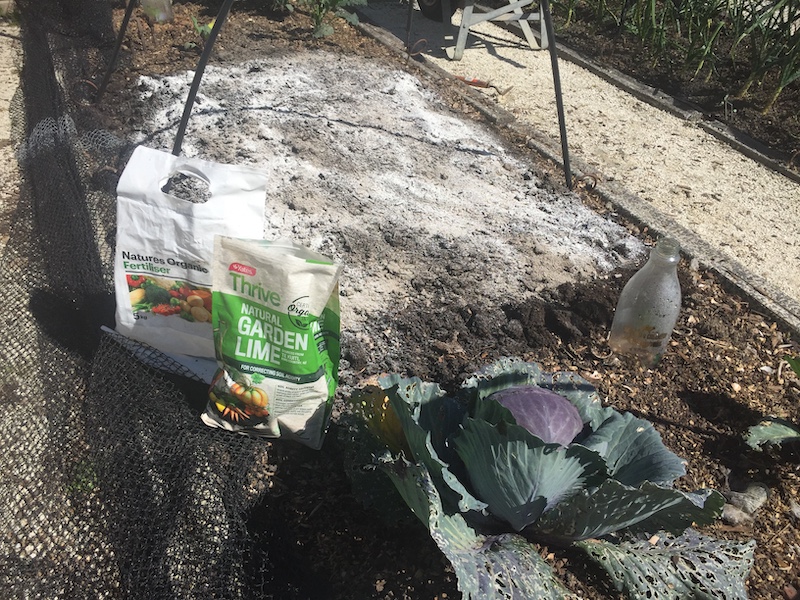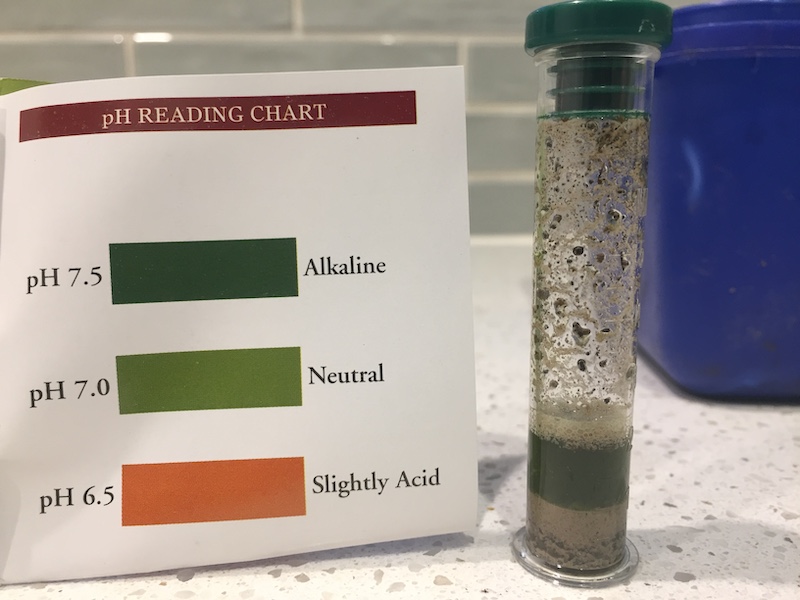
Spring is the time we think about the soil that’s going to grow our summer bounty. There’s so much advice out there as well as loads of good products and it can be very confusing.
There are fertilisers, and there are soil conditioners and while they’re different from one another, they’re both essential for good soil health.
All plants need N (Nitrogen), P (Phosphorus) and K (Potassium) - the three essential minerals for plants - in varying quantities, depending on what kind of crop they are. The medium that supplies these minerals to plants is a fertiliser. Leafy greens need Nitrogen primarily to grow well and we find that in sheep pellets, chicken manure and other animal manures as well as blood and bone. At Organic Edible Garden we mix horse or cow manure in with seaweed and coffee grounds to make a fertiliser high in nitrogen called Black Gold. It takes around 3-6 months to break down. Have a go at making a batch of Black Gold twice yearly - during summer for autumn application and during winter for spring.
VIDEO: HOW TO MAKE LIQUID FERTILISER AND BLACK GOLD
Root vegetables need Phosphorus primarily and a good source is a fertiliser called rock dust. Fruiting vegetables need Potassium primarily and good sources of that is again rock dust and also liquid comfrey (there are proprietary brands or you can make your own using comfrey leaves). We recommend you plant comfrey plants under your fruit trees for this reason.
If you’re purchasing fertiliser, check the back of the bag to find out the NPK ratio.
Then there are conditioners. These help balance your soil, so the soil can accept the fertilisers. The main one would have to be Seaweed. Again you can buy a proprietary brand or you can make your own by collecting seaweed (kelp is best, but any seaweed is good), adding it to a container and filling it up with water. It takes around 3 weeks until it’s ready. We think a good habit to get into is applying liquid seaweed to the whole garden (leaves and all) once a month all year round.
If you have a crop that looks like it could do with a boost, there are good products that have fish in with the seaweed or you can add fish waste products into your seaweed container. Give your crop a couple of applications of this two weeks apart and you should notice the difference.
Another conditioner is Lime. Lime provides calcium to soil and calcium is the essential mineral in creating strong cellular structure in vegetables. It is alkaline, so you wouldn’t apply it to beds you grow acid-loving vegetables in - tomatoes, potatoes, capsicums, chillis and eggplants. But for everything else, the application of garden lime to soil once every two years is beneficial. For acid-loving vegetable beds, apply Gypsum which is calcium but doesn’t alter the pH ie it won’t alkalise the soil.
As a general rule, clay soils are more acidic and sandy soils are more alkaline. The pH level indicates how acidic or alkaline soil is. If you want to find out what the pH level (and therefore the acidity or alkalinity) of your soil is, invest in a pH testing kit – they’re relatively inexpensive for the information they provide.
Lastly, you need good soil structure and that’s done by adding Compost. Twice yearly, at the end of summer and at the end of winter, we would recommend you trying your hand at a hot compost. They key ingredient in making a hot compost is biomass - lots and lots of spent vegetable crops, as you have to be able to build a cubic metre heap in order for the science to work. The other key ingredient in hot compost is activators - chicken manure, rock dust, coffee grounds, specific herbs and weeds (borage, stinging nettle, yarrow, tansy, chamomile). These activators not only get the heap cooking, but they add nutrients. If you don’t have enough biomass to make hot compost, again just purchase compost.
VIDEO: HOT TO MAKE HOT COMPOST
Cold compost and worm farm material is often quite wet and sometimes not fully broken down. We would recommend trenching it into your soil, rather than laying on top of a bed.
Regular whole garden habits as well as providing specific fertilisers to crops will ensure good growth and a healthy ecosystem.
Happy Spring gardening from the Team at Organic Edible Garden!
-----
Organic Edible Garden’s vision is to make organic edible gardening achievable for everyone. Visit their website for Getting Started videos, and regular blog posts to find out what to do in your edible garden.




